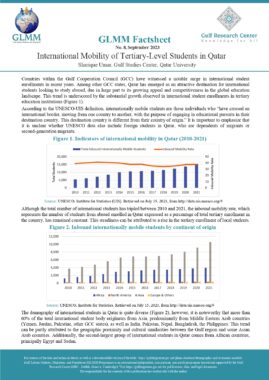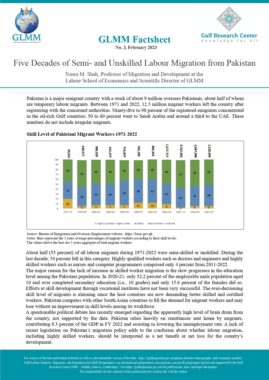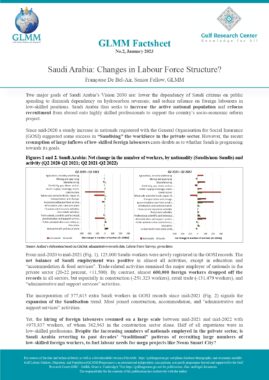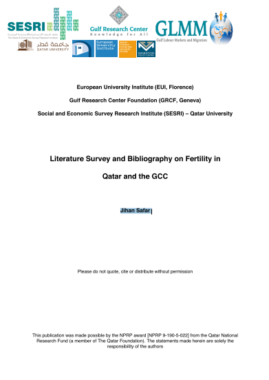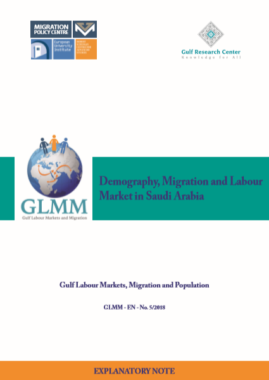Kuwait: Population in the labour force aged 15 and above by nationality (Kuwaiti/ non-Kuwaiti) and sector of economic activity (2014)
| Kuwaitis | Non-Kuwaitis | Total | |
| Agriculture, hunting and forestry | 825 | 49,638 | 50,463 |
| Fishing | 1 | 0 | 1 |
| Mining and quarrying | 5,970 | 1,925 | 7,895 |
| Manufacturing | 9,329 | 134,827 | 144,156 |
| Electricity, gas and water supply | 14,686 | 1,840 | 16,526 |
| Construction | 23,072 | 318,875 | 341,947 |
| Wholesale and retail trade | 21,817 | 355,328 | 377,145 |
| Hotels and restaurants | 2,645 | 82,191 | 84,836 |
| Transport, storage and communications | 8,594 | 66,684 | 75,278 |
| Financial intermediation | 9,874 | 14,736 | 24,610 |
| Real estate, renting and business activities | 17,425 | 115,314 | 132,739 |
| Public administration and defence, compulsory social security | 239,158 | 83,558 | 322,716 |
| Education | 30,519 | 37,974 | 68,493 |
| Health and social work | 11,739 | 32,464 | 44,203 |
| Other community, social and personal service activities | 5,530 | 103,677 | 109,207 |
| Private households with employed persons | 142 | 554,151 | 554,293 |
| Extra-territorial organizations and bodies | 25 | 3,328 | 3,353 |
| Not Stated | 20,974 | 77,763 | 98,737 |
| Total | 422,325 | 2,034,273 | 2,456,598 |
Source: PACI
ANNEXED NOTE
1. Characteristics of data and definitions
The source of data used here is the Public Authority for Civil Information (PACI), an independant government body in charge of :
1- centralising all population and labour force data in order to manage a fully computerised population register
2- issuing mandatory civil identification cards to every resident of the country, regardless of age and nationality.
The other source of demographic and socioeconomic data on Kuwait is the Central Statistical Office (CSO), operating within the Planning Ministry. The CSO has conducted ten population and housing censuses since its inception in 1957.
(a) Kuwaiti: the Kuwaiti nationality rests upon a document of Kuwaiti nationality or a certificate proving Kuwaiti nationality issued by the Ministry of Interior of Kuwait.
(b) Non-Kuwaiti: his/ her nationality is determined by the name of the State having issued the passport. The foreign national also entered Kuwait legally and has a stamp of residence.
This category includes the Bidoon, a category of stateless persons living in the Emirate. Kuwait’s Bidoon population originates from three broad categories:
1) those whose ancestors failed to apply for nationality or lacked necessary documentation at the time of Kuwait’s independence in 1961;
2) those recruited to work in Kuwait’s army or police force during the 1960s who permanently settled in Kuwait, along with their families;
3) children of Kuwaiti mothers and stateless or foreign fathers (see Human Rights Watch. Prisoners of the Past. Kuwaiti Bidun and the Burden of Statelessness, June 2011, p. 3).
(c) Population in the labour force: population aged 15 years and above, included in the labour market, either employed (in the government or private sector, as itinerant worker, employed in the domestic sector), or unemployed.
(d) Government sector: any organization of the government (organizations, authority and departments), included within the state budget
(Ministries and government departments; authorities with attached budgets; authorities with independent budgets).
(e) Non-governmental sector: any part of the private sector (a company or an individual) or any authority of the non-governmental sector.
(f) Domestic services sector: the household/ family sector, where the work is associated with the residence and its inhabitants, their service and their comfort (including maids, nannies, cooks, drivers, etc.).
Note: figures of expatriates differ slightly between PACI’s various sources of data (database; tabulated data).
2. Institution which provides data
The Public Authority for Civil Information (PACI)
3. Period of data coverage: December 2014
The database is updated three times a year and the website presents only the most recent data.
4. Data availability
Analytical tables and data crosstabulations are available for download in PDF, html, .png and Excel (.csv) formats.
Date of access: April 2015.
Similar Posts:
- Kuwait: Employed population aged 15 and above by nationality (Kuwaiti/ non-Kuwaiti), activity sector and age group (2014)
- Kuwait: Employed population aged 15 and above by nationality group (2018)
- Kuwait: Employed population aged 15 and above by nationality group, sex and activity sector (2018)
- Kuwait: Population in the labour force aged 15 and above by nationality group and sector of economic activity (2014)
- Kuwait: Population aged 15 and above by nationality (Kuwaiti/ non-Kuwaiti), sex and activity status (relation to labour force) (December 2014)
Tags: Employment, Foreign Labour, Kuwait, National Labour

































